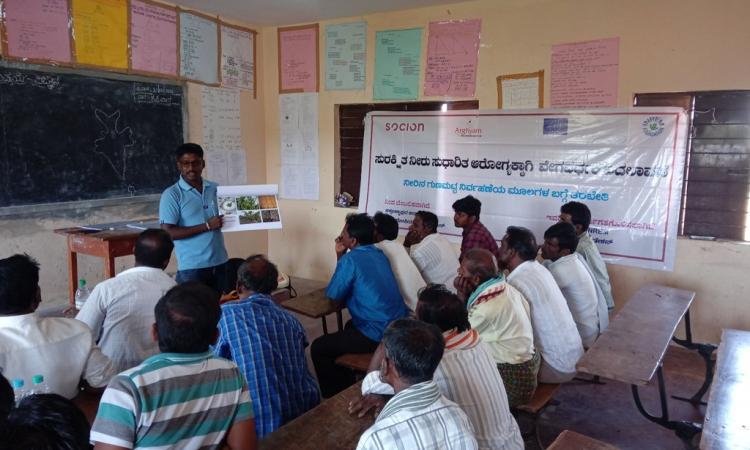
We get a sense of water purity from its appearance, smell and taste to figure out if the water is clean to drink. But unsafe water can be tasteless and odourless too, making it difficult to determine its quality. Water can have chemical, mineral and biological contaminants that can make us sick in the short and long run.
In urban areas, people who can afford, invest in water purifiers. But in rural areas, communities are mostly dependent on groundwater for drinking water and any contaminants present could pose health risks.
This makes it critical for communities to understand water quality issues and how to resolve them. Unfortunately, there are not enough experts available to test water quality and take action locally. There is a need for new processes, structures and protocols to help identify and prevent these risks. We, at INREM Foundation, have been working for years to address the need for trained people in the ecosystem by creating new knowledge and capacity building protocols to pass this knowledge to more and more people on the ground.
The government of India’s ambitious Jal Jeevan Mission (JJM) aims to bring potable drinking water via tap to every rural household in India by 2024. As a sector partner for water quality in this mission, we have been exploring ways to scale expertise and make knowledge accessible to all the key stakeholders.
As professionals in the government and civil society have real world experience on water quality, training and building their capacity can enable them to perform their roles much more effectively. We have created a pool of Water Quality Champions (WQCs) across the country, who are program actors and field functionaries within the ecosystem.
We believe 3 key factors that helped us to scale building water quality champions: (1) The training has to be practitioner-centric (2) Mentoring on a weekly basis helps to build a community of practice and (3) The training content and trained people have to be made visible and open to the ecosystem.
1537 people have qualified to become Water Quality Champions across 315 districts in India and 120 people have become certified as trainers in 16 months. They are now capable of engaging communities and local stakeholders to identify and create the right responses.
Our journey has many lessons for us and others. More importantly, we see the need for many ecosystem actors to join and do much more. Letting go of what you have created through years of work might be needed, even if painful. We would love to hear about your own journeys and your thoughts on how to carry this work ahead.
If you would like to collaborate for similar efforts such as designing a large scale training program, please get in touch with us.
Happy reading!
Dr Sunderrajan Krishnan
Executive Director - INREM Foundation
(sunder@inremfoundation.org)
/articles/building-water-quality-ecosystem-safe-drinking-water